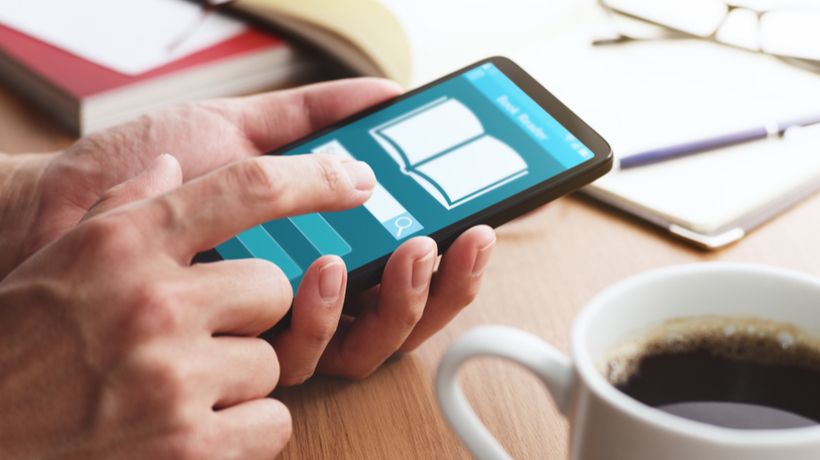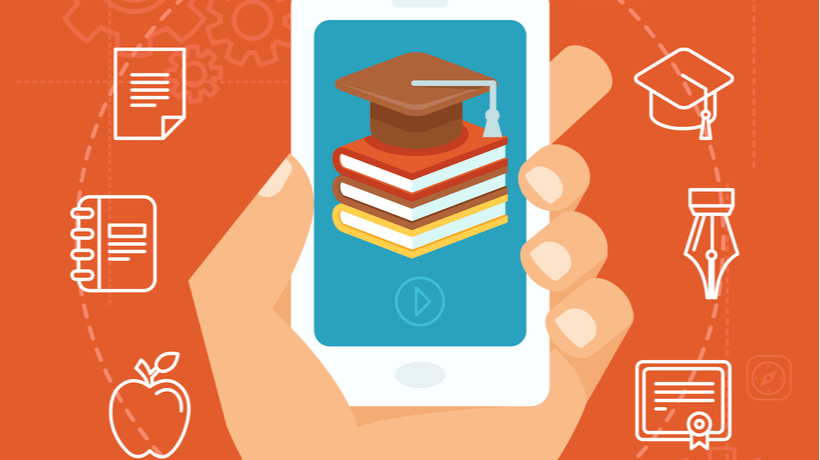5 Easy Tips to Increase Engagement and Participation in Classroom Training with Mobile Learning
“Please step into the hall if you need to take an urgent call…” is a typical statement classroom facilitators make in the first few minutes of a live classroom event. Fairly quickly, most of the audience is out in the hall conducting business, checking in on childcare, or making Fido’s next salon appointment. Those few souls left in the classroom are updating their Facebook status or checking their email. Face it—we live in a “MAddicted” (mobile addicted) society where we increasingly cannot live without our mobile devices. And no longer can Boomers point the finger at Gen Xers and Millennials—everyone is guilty!Instead of fighting the use of mobile devices, why not embrace technology and integrate mobile learning to create a blended instructor-led training experience? Here are five easy tips to build mobile learning into your classroom event.
- Poll or quiz learners in real time
The tried-and-true “raise your hand if you…” classroom learning activity gets an update with mobile learning. Using a service like Poll Everywhere and your learners’ cell phones, you can set up a poll or quiz, and track instant answers sent via text, Twitter, or a web browser. Start with a practice question—something fun—to get your learners used to the technology, and then continue to engage them throughout the class. - Leverage an online learning space related to the event
An online learning space (for example, a members-only group on LinkedIn or a Google site) offers tools and functionality for interacting with learners (and in some cases allowing them to interact with each other) during the classroom training. Learners use their phones to log in to the online learning portal during the training. Then they can text questions directly to your phone, use a Twitter feed, or post comments right on the shared learning space page. An online learning space also benefits learners by offering an adjunct to the classroom experience that lives on beyond the event. Back on the job, they can access the online learning space to recall and refresh on what they learned for on-demand learning. For more ideas on using social media in learning events, check out my blog post “7 Tips for Using Social Media in Classroom Learning.” - Watch a video online
Instructional designers of classroom materials are constantly looking for ways to liven up the instructor-led training experience—no one wants to listen to a facilitator for hours. Incorporating video segments offers learners a moment to focus on something else, and can be extremely effective in recapturing their attention through visual means.Think about what type of video might be relevant to your classroom training. It could be pre-existing from your company’s website or intranet, YouTube, etc. Or it could be something created specifically for an activity—for example, an opening scenario “story” that sets up the activity. Video can be as snazzy as a professionally designed video or animation, or as simple as a series of stock photos with your own narration. You can get pretty creative with the basic tools provided on most desktop computers. Here is an example video my colleague created using a camera, mic, and the video editing tool Adobe Premiere: Roasted Butternut Squash Cooking Video.Depending on the nature of the video, learners can reference it later for on-demand mobile learning. - Build Internet-related activities
Using search capabilities for mobile learning is a straightforward exercise that allows learners to get hands-on without needing to download a new app or learn new functionality. An easy way to integrate this is to ask learners to research online information related to the topic at hand. Depending on the size and structure of your classroom, this could be an individual or group activity. - Use voicemail in a unique way
Set up your outgoing voicemail message for learners to call in and listen to as a part of an activity. Wondering how you might use this? Here an example: the message could be a scenario, provide clues that learners need to use to solve a puzzle, or address a series of questions as part of an activity.
Did these five tips for bringing mobile learning into your classroom give you some creative ideas for instructional design? Post a comment below if you want to brainstorm ideas related to these tips for your next classroom learning event.Interested to learn more about live classroom and virtual instructor-led training? Check out our interactive infographic on Best Practices for Virtual Instructor-Led Training!










